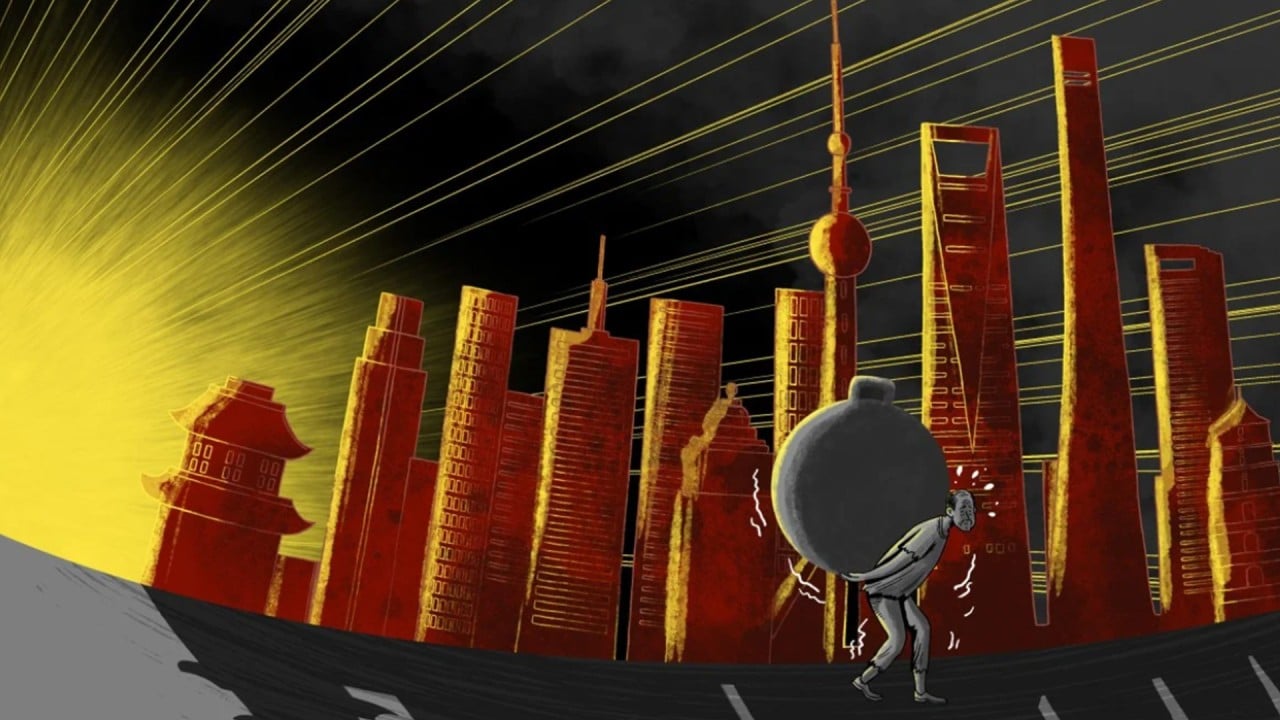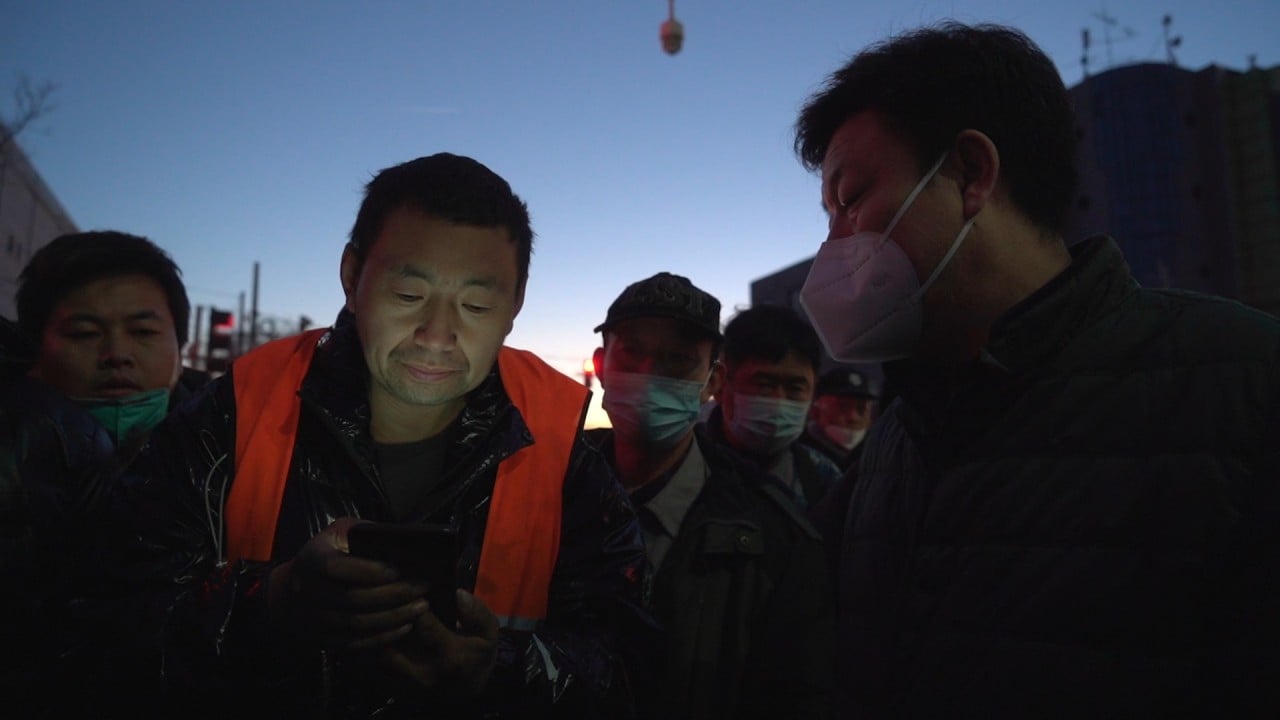They made China’s economic dream a reality. Now, they struggle to survive
- Millions of migrants helped transform China from an agrarian economy into a manufacturing giant, but have yet to see major changes in their own living conditions
- Unequal distribution of benefits, precarious conditions mean most are working well past the statutory retirement age

13:35
Migrant workers who transformed China now struggling to survive
When Geng Sheng stepped aboard a train bound for Shenzhen in 1982, it would have been impossible for him to imagine that he would take part in China’s economic transformation – the widest expansion of its kind in modern history.
But as their country has evolved into an economic powerhouse, many migrant workers like Geng are still waiting for the corresponding changes in their own lives.
Geng, 68 and from a village in the central province of Hunan, now makes a living carrying light goods – and the occasional passenger – with an electric motorbike. He earns roughly 100 yuan (US$14) per day, which is enough to sustain his basic needs. He never married or received an education, so his expenses are low. But urgent medical bills threaten to push him into insolvency.
Geng’s story is not unique. Hundreds of millions flocked to coastal factories after former leader Deng Xiaoping opened up the country to foreign investors in 1979 and set up four special economic zones – Shenzhen, Zhuhai and Shantou in Guangdong province, and Xiamen in the neighbouring province of Fujian.
Low-cost Chinese products were shipped worldwide as masses of labourers worked hard to turn the nation from an underdeveloped agrarian state into a manufacturing centre dubbed “the world’s factory”.
This grew China’s economy at breakneck speed and lifted a record number of people out of poverty. In 2009, in the aftermath of the global financial crisis, “The Chinese Worker” was named by Time magazine as a runner-up candidate for its Person of the Year for helping shield their country from the worst effects of the meltdown and buoy the world’s economic recovery.

